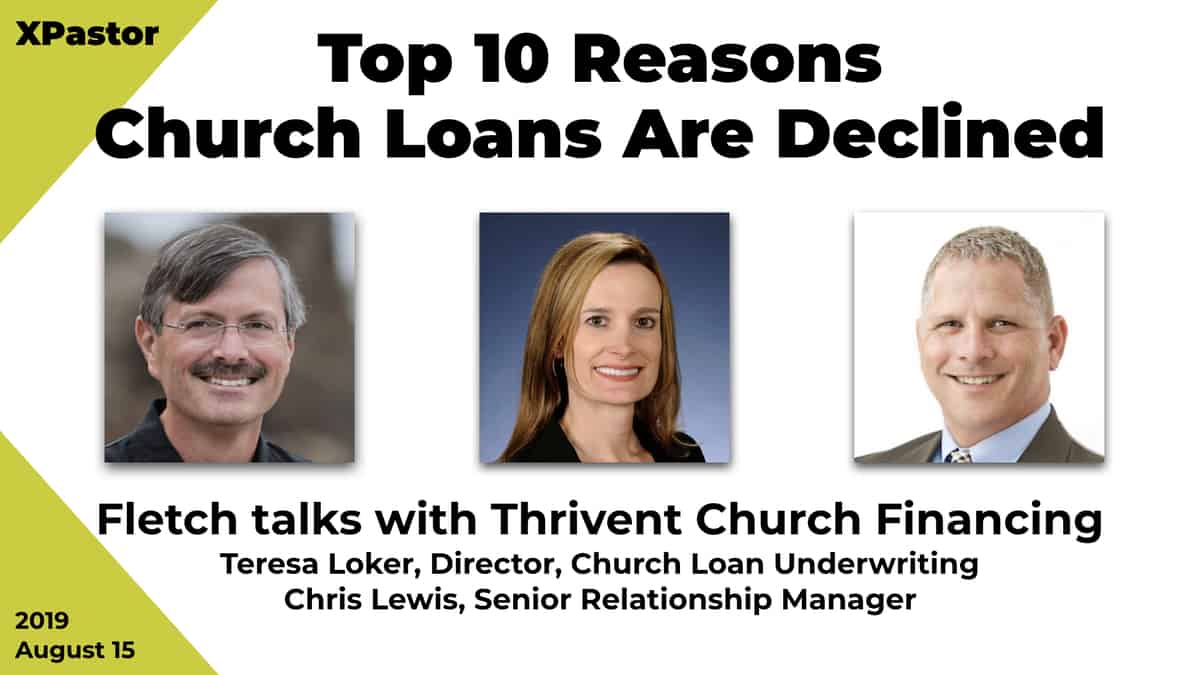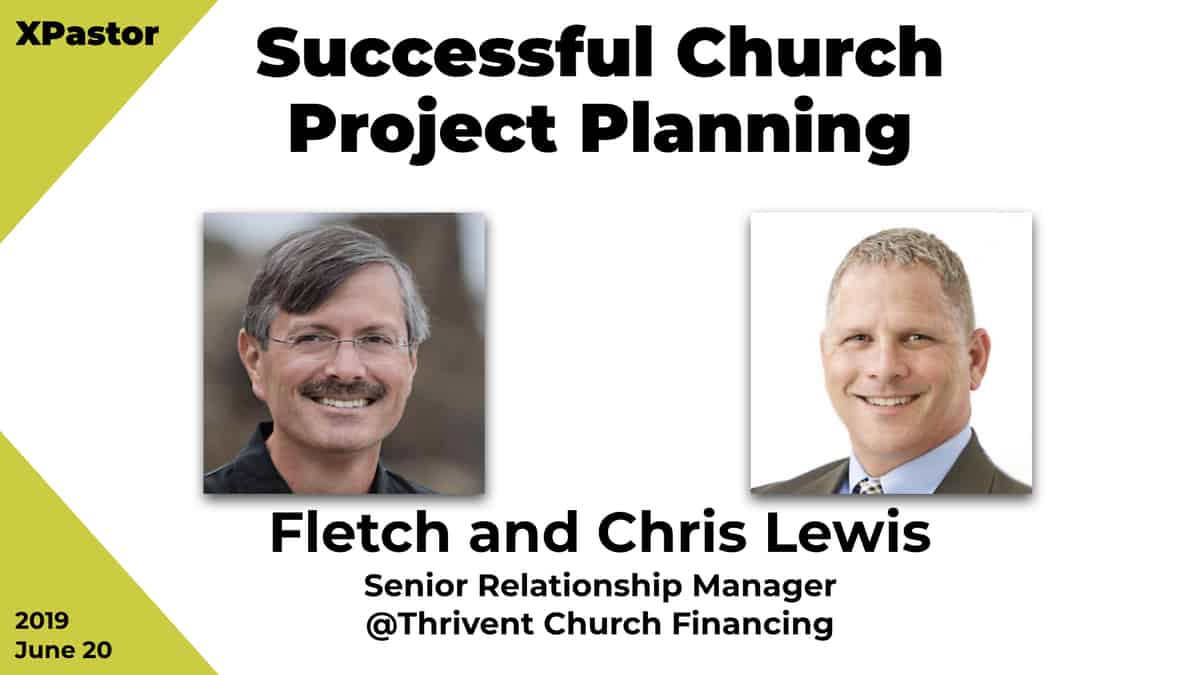The attendance is climbing and the membership is growing. Each Sunday you notice there are fewer empty seats. With three services already in place, you wonder how many more people you can accommodate without having to move or build? It’s a good problem to have, but it means you’ll likely have to consider financing to expand your ministry.
How do you know if your church is ready for a loan?
It’s a question that many forget to ask, and, more importantly, neglect to investigate. Not researching whether your church can afford debt can jeopardize the health of your church, and worse, your ministry impact in the lives of people.
There are many factors to consider when assessing whether your ministry should or should not borrow. As a start, evaluate the three “C’s.”
Capacity: Can your church afford to repay the debt after all ministry expenses are covered?
Character: If the church can afford to repay, will it be willing to make repaying the debt a priority?
Collateral: If the church is willing to repay the debt, but at some point is unable to do so, how will the debt be repaid?
Capacity
To determine whether your church can afford to repay a loan, it is wise to prepare a budget. Preparing a budget helps you identify what your church can afford to meet the needs of your mission. Remember, any additional debt your church can afford should only be considered after all your ministry allocations are made. If your church does not currently have enough financial capacity (cash flow) left over after ministry obligations, think twice about taking on additional debt. Usually, this means that no more than one third of your church’s income should be tied up by debt. Tremendous prayer and wisdom are needed when considering financing, and every church needs to understand there is both a business and a spiritual aspect.
In addition, remember that even if the church engages in fundraising or a capital campaign to raise money, there remains an unforeseen danger. Typically, once the campaign is over and the new mortgage is put in place, building-fund giving tends to drop off. You must evaluate whether or not your ministry could sustain a new mortgage should you experience some decline in tithes and offerings. If there isn’t enough “cushion” in the budget for such a decline in giving, then the church should not entertain debt.
There are real costs involved in incurring debt. The costs involved in financing your facility vary dramatically based on the loan amount, financial strength of the borrower, and complexity of the transaction. Weigh the costs of financing to be certain your ministry has enough financial capacity to cover the expenses of securing a loan. Regarding financing, the question of ministry versus facilities needs to be considered. Your objective should always be impacting lives for Christ. Investing in your facilities should multiply your ministry.
Character
Before considering a loan, your church needs to be healthy, both spiritually and financially. Stable leadership and a supportive congregation are prerequisites to taking on additional debt. A church leadership team that honors God relies on the biblical admonitions to be people (and ministries) of great faith and the exhortation to first count the cost in any planning and decision-making process. This can be a difficult balance to achieve, but one that provides a positive framework for leading a church body—especially in those decisions that involve the finances needed to execute ministry.
Wise stewards typically only take on as much debt as it takes to meet ministry growth goals. It is generally wise for the congregation to be a part of financing decisions, and to effectively pledge repayment of debt for as long as it takes. If the church body hasn’t committed to repaying the debt as quickly as possible, a ministry should rethink financing its facilities.
Collateral
Often ministries don’t consider how they will repay debt if giving decreases dramatically. Does your church have the ability to offer collateral property that could potentially resolve the debt if sold?
Most church loans will be secured by real estate (typically the church property), which can be sold to repay debt. Your leadership team should consider what would happen if you needed to put your current church property up for sale in the event the debt must be repaid.
Unfortunately, churches don’t typically think of “Plan B” for debt repayment because, quite frankly, it is difficult to admit ministry may not thrive. But it is a reality that expanding facilities may not guarantee income growth. It is a testimony to the Lord when a church honors its obligations to repay all monies it has borrowed, even in those disappointing seasons when anticipated growth does not occur.
Financing your facilities for ministry expansion only makes sense when properly planned and implemented. A church would be wise to seek counsel in financial matters to avoid the pitfalls that may occur as it takes on debt obligations. Your church should consider a loan only if the funds necessary for repayment do not come at the expense of ongoing ministry. Only with appropriate prayer and planning is financing facilities an effective tool for ministry growth.
Additional resources
Bowman, Ray. When Not to Borrow. Grand Rapids: Baker Books, 1996.
View the original PDF: When to Finance or Not










